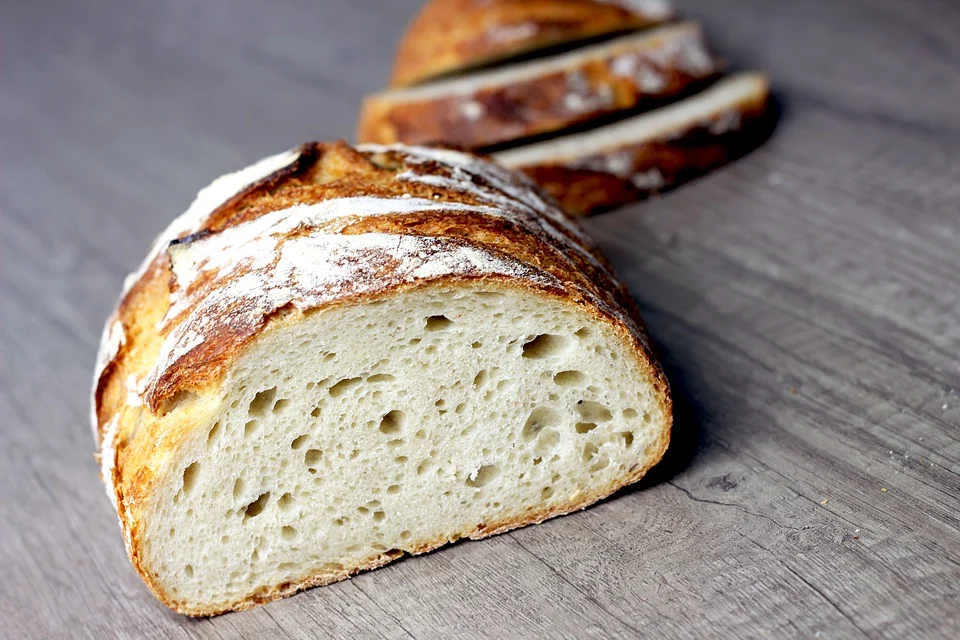Having originated in Ancient Egypt around 1,500 BC, sourdough bread has long been loved by bakers around the world. This old favourite has recently risen in popularity, becoming something of a superstar on social media, and has become famed for its simple origins and the health benefits it offers.
Until a few centuries ago when commercial yeast became widely available, sourdough was the only form of leavened bread that existed. Despite changing times, the process behind sourdough hasn’t changed all that much and this lack of modernisation means it’s one of the least processed breads you can eat.
A Leavened Bread
Leavened bread refers to the process behind how the raw dough rises, relying on the gas produced as the grain ferments to swell the mixture. Traditionally, the fermentation process relies on ‘wild yeast’ and lactic acid bacteria, both of which are naturally present in flour. Unlike modern yeast, wild yeast is somewhat resistant to acidic conditions which allows it to work in tandem with the lactic acid. This in turn creates a gassy mixture, helping the dough to rise and creating sourdough’s signature air pockets in the baked loaf.
Conventional Breads vs Sourdough
Unlike conventional breads, sourdough doesn’t require the addition of sweeteners, oils, and preservatives to enhance flavour and extend its shelf life. The unique, tangy taste it is known for comes from the lactic acid produced during the rising process, and this in turn helps the bread last longer as microbes, which would otherwise spoil the loaf, struggle to survive in the acidic dough.
The Baking Process
Sourdough has a history of being known as a complex bread to bake and perfect. In part, this comes from the crucial time it needs to rest and ferment, as well as the need to first make a sourdough starter which will ensure your loaf rises. Getting the correct measurements and timings are key when it comes to a good sourdough loaf but with the right organisation the process can be simplified.
The trick, like with so many other things, is practice. Once you are familiar with the look and feel of sourdough you will learn how to manipulate how long it takes to ferment and can tweak the timings to suit your schedule. Hands on time spent with your dough often won’t exceed 10-15 minutes and, if something crops up and you’re not able to ferment and bake as planned, your sourdough culture can be refrigerated, and the wild yeast will go dormant until you’re ready to bring your loaf to fruition.

